We are used to seeing collards or cabbages in the garden environment. We all have more than clear what its ultimate purpose will be. To be part of our diet once it is mature. Today we are not going to talk about the cabbage or collard greens from the garden. On this occasion, Agromática has given us the col ornamental. Just as you hear it. There are decorative cabbages, not to eat, but as a large colorful rosette in the garden. You dare?
There are also cabbages to decorate the garden
We would not know where to nail this cabbage. In principle, the garden is the garden and the garden is the garden. Each one with an aesthetic and a specific purpose. The first as a generator of food resources, and the second as an idle and ornate space. Up to now! More and more people are looking to take care of the aesthetic appearance of the garden and at the same time, it seeks to get the most out of the garden in the form of vegetables or fruits.
For these cases in which you want to decorate the garden a little, or take food out of the garden without breaking the aesthetics of it, we propose the ornamental cabbage. They are perfectly edible varieties of cabbage and provide a very colorful touch to the garden or orchard during the winter months, in which in cold areas, it is difficult to find crops that grow with the typical cold of the season.
Ornamental cabbage versus common cabbage
The difference most likely lies in taste and culinary skills. Cabbage or common collard greens (Brassica oleracea there. green) or broccoli (Brassica oleracea there. italica) have been selected for their organoleptic characteristics, while ornamental cabbage varieties (B. oleracea there. accept it, for example) genetic selection has derived by the visual aspect leaving a little aside the flavor.
Occurs with curly varieties that are somewhat more bitter than the cabbage we consume more regularly. Still, it is edible and we can take out aesthetic and nutritional performance. Otherwise they are very similar in terms of care, properties and origin. They are of the same family, genus and species. Only the variety changes. In the case of ornamental varieties, they are usually autumn-winter.
Remember that although they look like large flowers, the decorative is not in the flower but in the rosette leaves.
General care of ornamental cabbage
Climate and sun exposure of the crop
If there is something that we have all seen in the orchards withstand the winter, it is cabbages. Its minimum growth threshold is damage to its plant structure is close to -8 ºC. It is spectacular for a leafy horticultural product. It is not a plant to have indoors, that is clear.
Needs to cold temperatures for its proper development. Contrary to what you might think, exposure to the sun supports it at all levels. There are varieties to grow throughout the year. In any case, from an ornamental point of view, it is precisely the cold that accentuates the intense colors in the center of the rosette. Supports very well shady conditions and humidity.
Substrate and subscriber
As we saw in the article on crop rotations, cabbages fall within the horticultural group of high nutritional requirement. This means that the soil must have a significant organic matter content and we will tend to find a balance between drainage and moisture retention capacity.
It is preferable to have good drainage and try to maintain humidity by other means, such as less copious but more frequent waterings or techniques such as padded that improve the moisture content of the soil. Still, they are considered horticultural with some resistance to heavy soils. Since the nutrient demand is high, it is advisable to have the soil well prepared with quality compost before transplanting.
The ornamental cabbage is usually a spectacular decorative element of the garden during the autumn months. Combine them with heather, chrysanthemums or any autumn flower. You will see the results.
Watering ornamental cabbage
The risks as we have commented must be frequent to moderate. It all depends on the rainfall in your climate zone but the reference will always be on the ground. If you let it get too dry, the cabbage won’t grow properly.
Sowing and transplanting ornamental cabbage
Sowing can be done in the seedbed until the plants reach about 8-10 cm in height. At this time a ringing in pot or directly in the cultivation soil. The planting period depends on the cycles and the climate. Ornamental cabbage is usually sown in late spring or early summer, although there are varieties for all cycles.

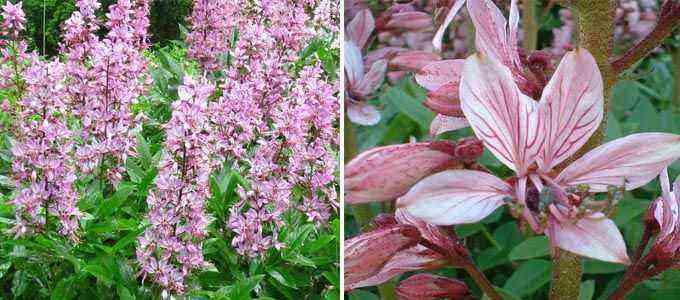
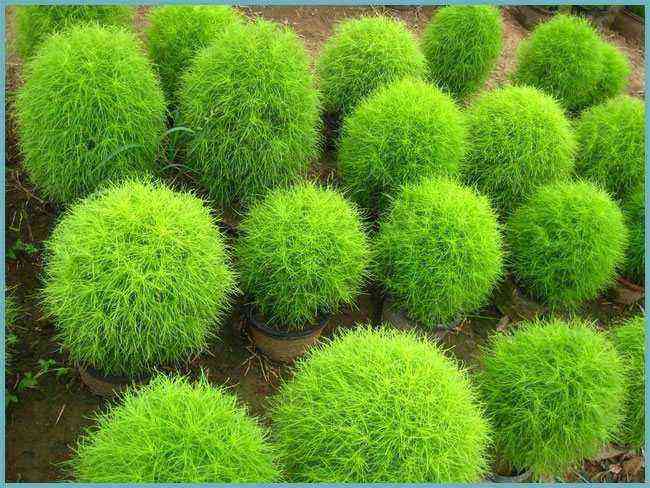


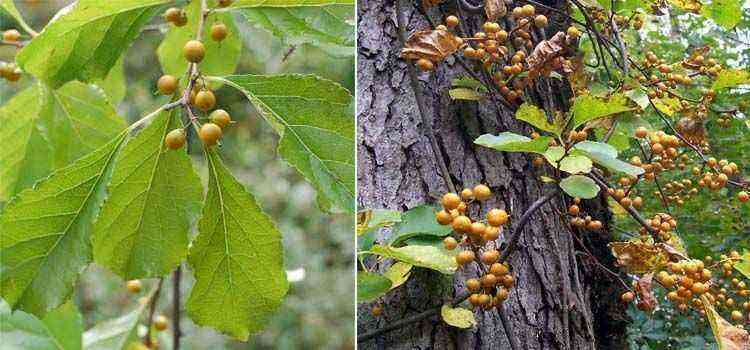
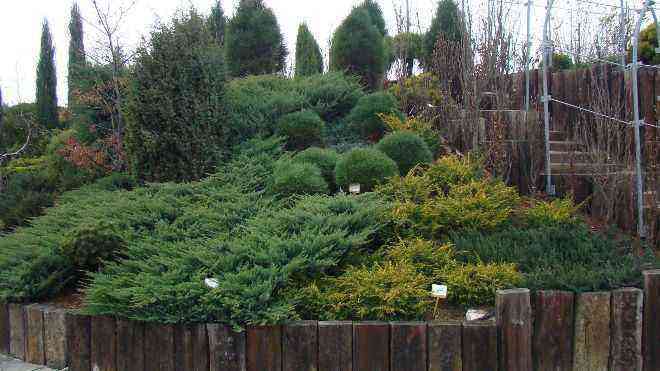
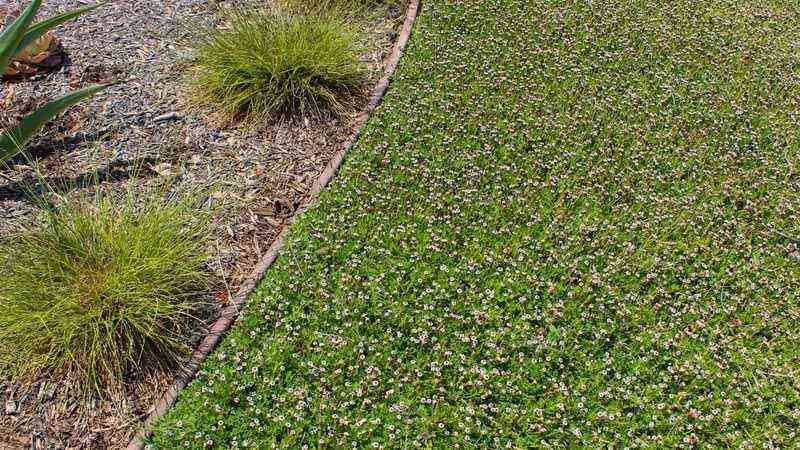

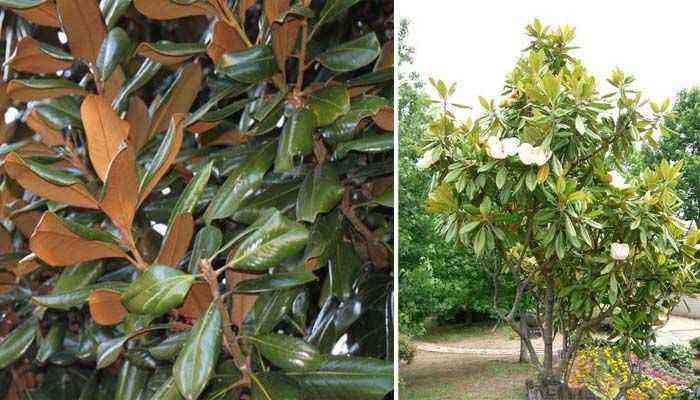


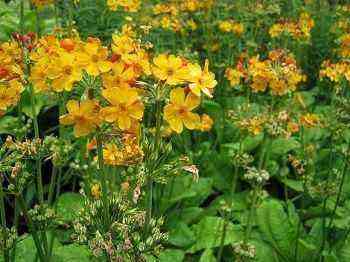


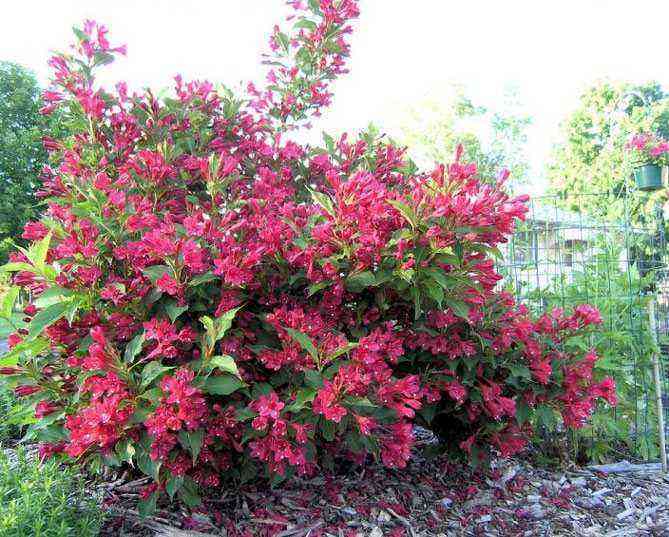
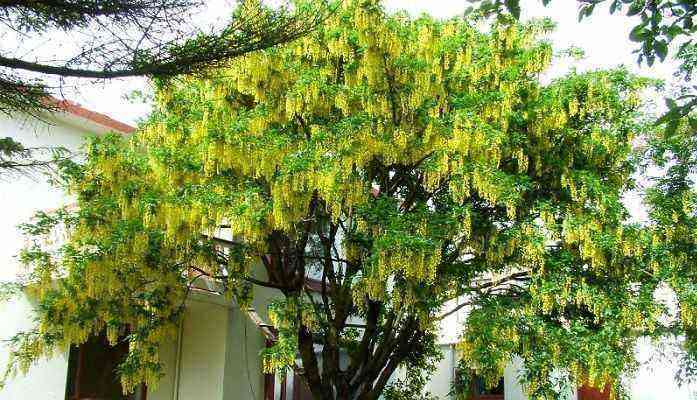
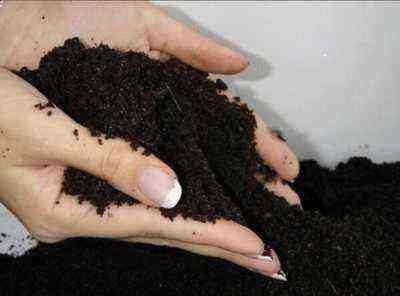

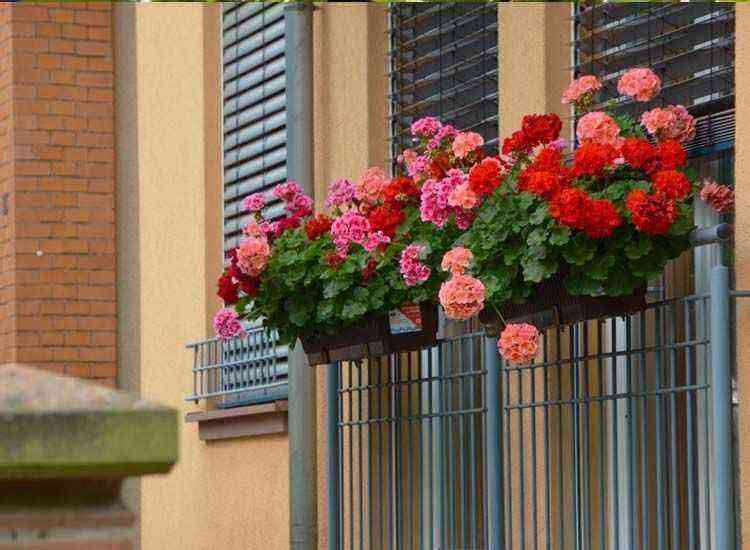
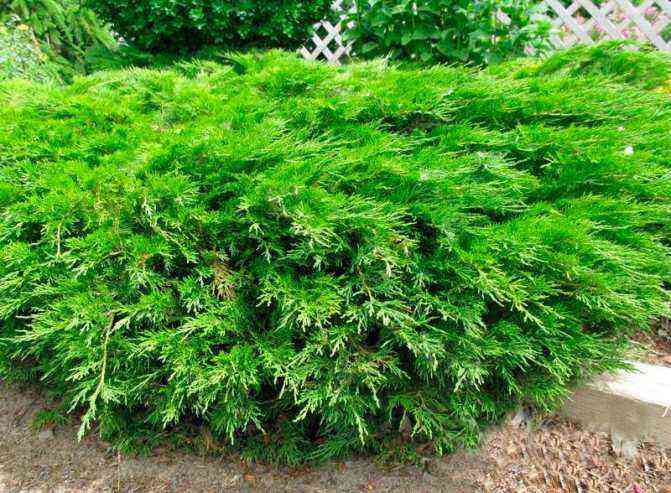
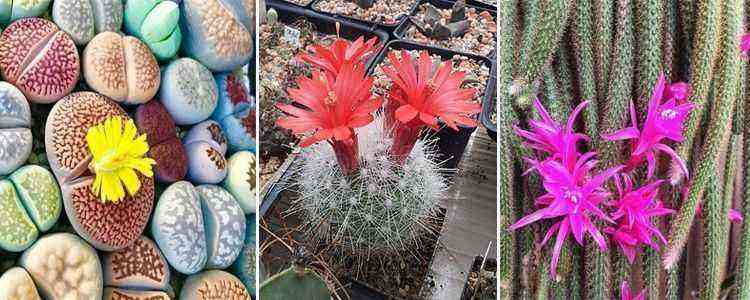

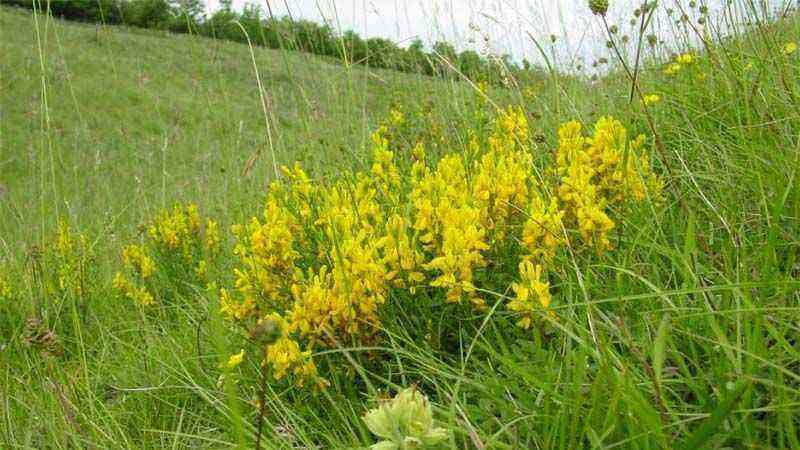
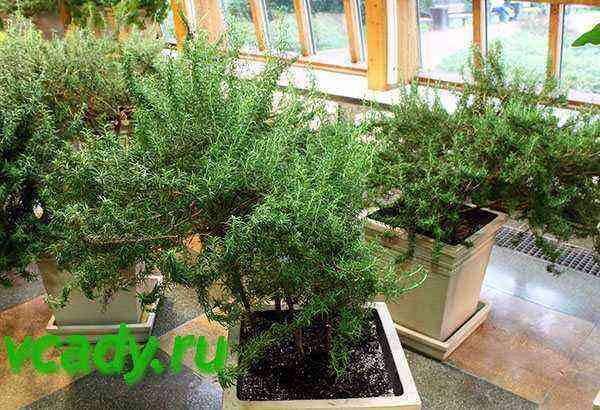
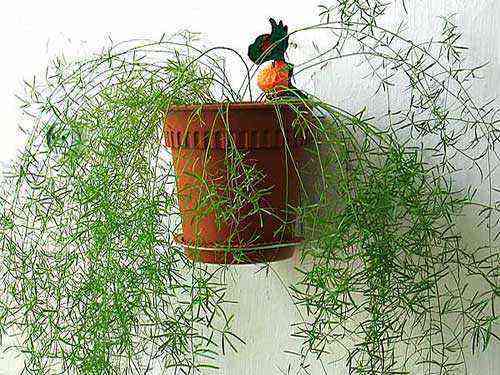


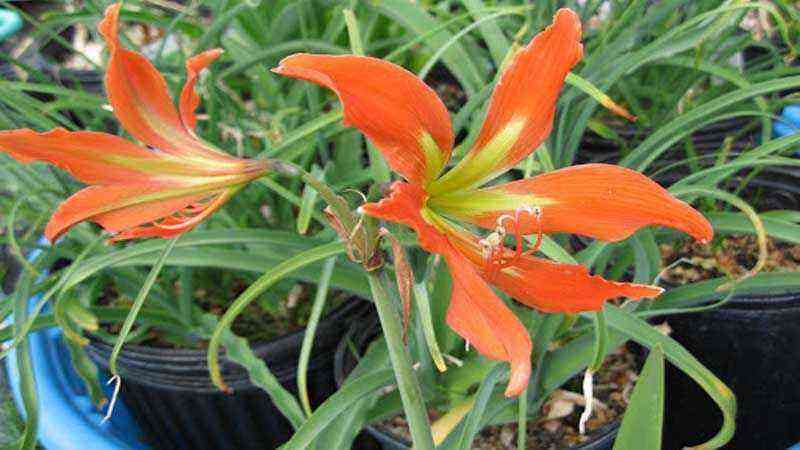
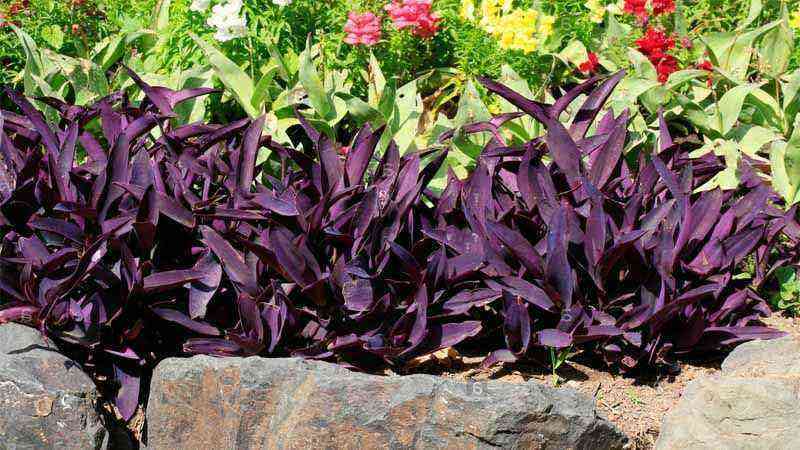



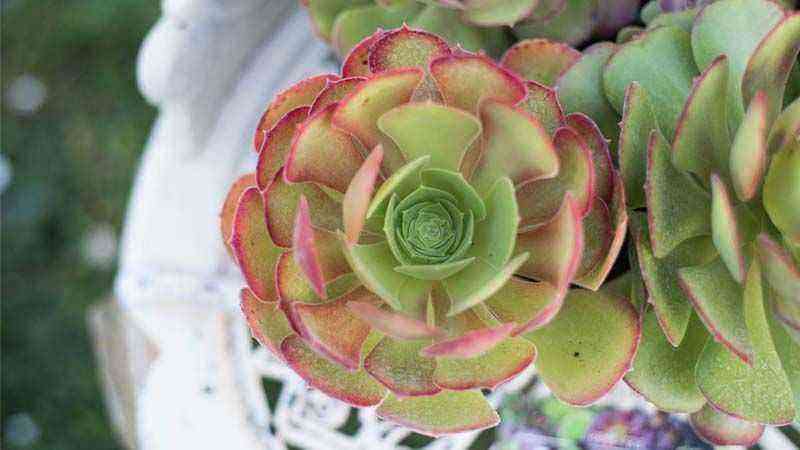

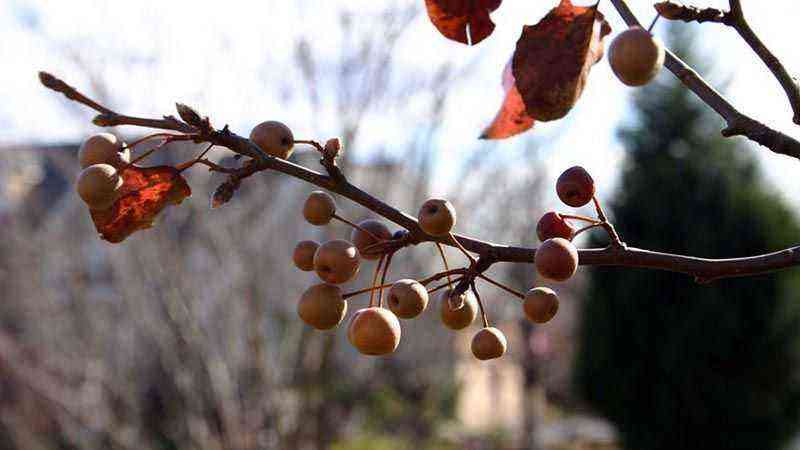
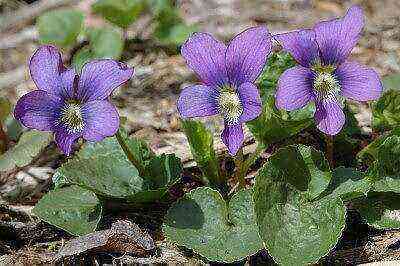


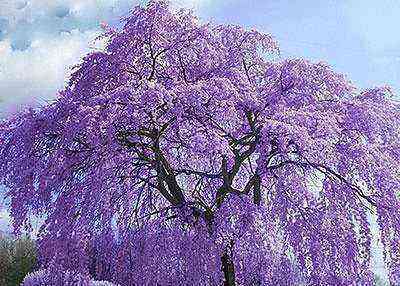
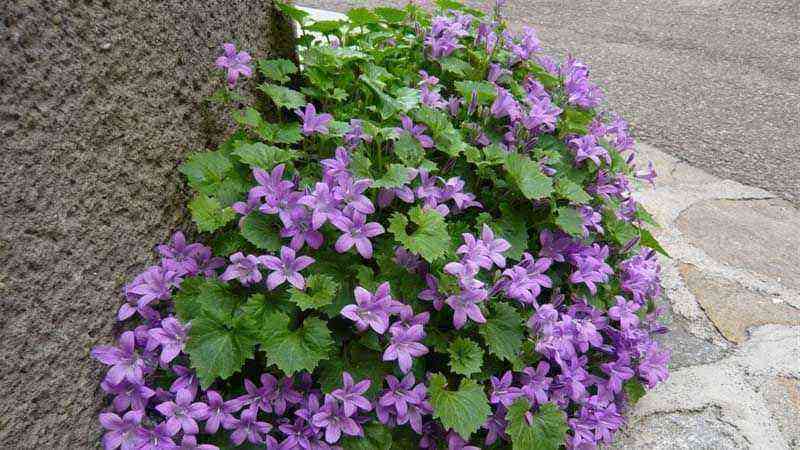

![Cultivation of Manihot esculenta [Cassava, Cassava] Cultivation of Manihot esculenta [Cassava, Cassava]](https://farmer-online.com/wp-content/uploads/2021/05/Cultivation-of-Manihot-esculenta-Cassava-Cassava.jpg)